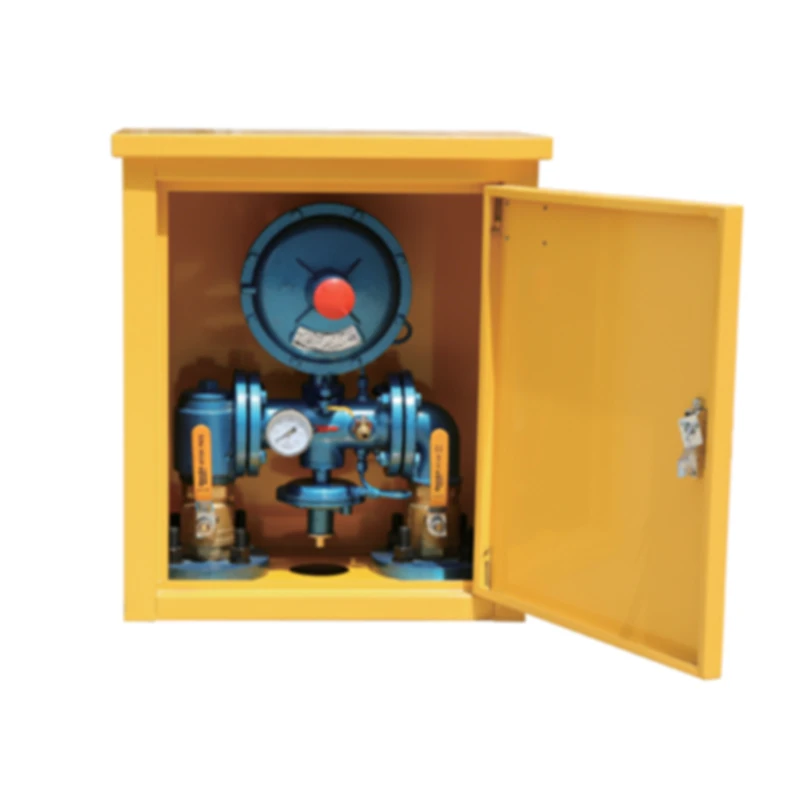
Oct . 22, 2024 12:58
Back to list
Understanding the Role of Liquefied Petroleum Gas in Modern Energy Solutions
The Importance of Liquefied Petroleum Gas (LPG) in Modern Energy Solutions
Liquefied Petroleum Gas (LPG) is a vital energy source that has gained widespread popularity due to its versatility, efficiency, and environmental benefits. Primarily composed of propane and butane, LPG is a byproduct of natural gas processing and petroleum refining. This colorless and odorless gas is converted to liquid form under pressure, making it easy to store and transport. As the world increasingly turns to cleaner energy alternatives, LPG emerges as a significant player in the global energy landscape.
One of the primary advantages of LPG is its efficiency. It has a high calorific value, meaning that it produces a significant amount of energy per unit compared to other fuel sources. This high energy density makes LPG ideal for various applications, including heating, cooking, and powering vehicles. In residential settings, LPG is commonly used for heating homes, water heating, and cooking, providing a reliable energy source that is easy to manage and use.
.
Transportation is another significant area where LPG demonstrates its value. Autogas, or LPG used in vehicles, is a cleaner alternative to gasoline and diesel. Vehicles powered by LPG emit fewer pollutants, including carbon monoxide, nitrogen oxides, and particulate matter, making it a more environmentally friendly option. Many countries are investing in infrastructure to support the use of LPG in transportation, recognizing its potential to reduce urban air pollution and promote sustainable mobility.
غاز البترول المسال

Furthermore, LPG's role in developing economies should not be overlooked. In many rural and underserved areas, LPG provides a reliable energy source for cooking and heating, helping to improve quality of life. Access to LPG can reduce dependency on traditional biomass fuels, such as wood and charcoal, which are often associated with deforestation and health risks due to indoor air pollution. By promoting LPG adoption in these regions, governments can foster sustainable development and improve health outcomes.
Despite its benefits, the LPG sector faces challenges, particularly in terms of safety and storage. LPG is flammable and can pose risks if not handled appropriately. Therefore, ensuring proper storage facilities, transportation protocols, and safety training is crucial for minimizing potential hazards. Regulatory frameworks must be established and enforced to govern the application and distribution of LPG, ensuring that these systems are both safe and efficient.
Looking ahead, the future of LPG appears promising. As the global demand for clean energy alternatives continues to rise, LPG is well-positioned to play a significant role in the transition away from fossil fuels. Technological advancements are also enhancing the efficiency of LPG extraction, storage, and usage, making it an even more attractive energy source. Innovations such as advanced vaporization technologies and smart metering systems are streamlining processes and improving safety measures, further solidifying LPG’s place in the energy sector.
In conclusion, Liquefied Petroleum Gas (LPG) is more than just a fuel; it is a versatile energy solution that supports various sectors while contributing to environmental sustainability. As countries strive to meet their energy needs while addressing climate change, LPG offers a cleaner, efficient, and reliable alternative for households, industries, and transportation. With the right safety measures and regulatory frameworks in place, LPG has the potential to play an integral role in shaping a more sustainable energy future.
Next:
Latest news
-
Safety Valve Spring-Loaded Design Overpressure ProtectionNewsJul.25,2025
-
Precision Voltage Regulator AC5 Accuracy Grade PerformanceNewsJul.25,2025
-
Natural Gas Pressure Regulating Skid Industrial Pipeline ApplicationsNewsJul.25,2025
-
Natural Gas Filter Stainless Steel Mesh Element DesignNewsJul.25,2025
-
Gas Pressure Regulator Valve Direct-Acting Spring-Loaded DesignNewsJul.25,2025
-
Decompression Equipment Multi-Stage Heat Exchange System DesignNewsJul.25,2025

